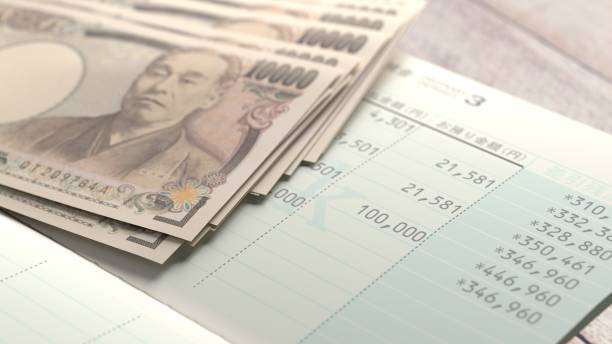The Japanese yen fell sharply against the US dollar on Friday after the Bank of Japan left interest rates unchanged and maintained its current bond-yield curve control policy settings. In his last meeting as the BOJ Governor Haruhiko Kuroda left policy settings steady, in line with expectations, given the Japanese central bank adjusted the yield band as recently as December. Incoming BOJ Governor Kazuo Ueda has said the central bank must maintain its current ultra-easy policy for now until there are signs that inflation has sustained above BOJ’s 2% target.
USD/JPY 5 Minute Chart
Ueda has attempted to cool speculation of an earlier-than-expected normalization of policy rates, but for financial markets, policy tweaks could come in sooner rather than later given the distortions caused by the yield curve control policy and inflation at a four-decade high. The focus now shifts to the next BOJ meeting April 27-28, Ueda’s first meeting as the chair. Ueda has said he has ideas on how the central bank could exit its massive stimulus, but monetary tightening is a possibility only if big improvements are made in Japan’s ‘trend inflation’.

JGB 10-Year Yield Vs Japan 10-Year Swap Rate Chart
Source: Bloomberg
The immediate focus for markets shifts to US jobs data due later today – growth of the non-farm payroll likely slowed to 224,000 in February, slower from 443,000 in January, and unemployment is expected to hold near the five-decade low of 3.4%. In his semi-annual testimony to Congress,US Fed Chair Powell stepped up hawkishness, saying the ultimate rate peak is likely to be higher than expected and the central bank is prepared to increase the pace of rate hikes, depending on incoming data. On technical charts, USD/JPY has struggled to cross above a solid cap of around 137.00-138.20, including the 200-day moving average and the December high of 138.20. For more discussion, see “Japanese Yen Forecast: High Bar for USD/JPY to Crack Resistance”, published February 26.
USD/JPY 240-minute Chart
The failure to sustain gains this week above a brief break above resistance at the early-March high of 137.09 is a sign that USD/JPY’s six-week-long rally is losing steam. However, the pair would need to break below support on a horizontal trendline from mid-February at about 135.25 to confirm that the upward pressure is fading.

